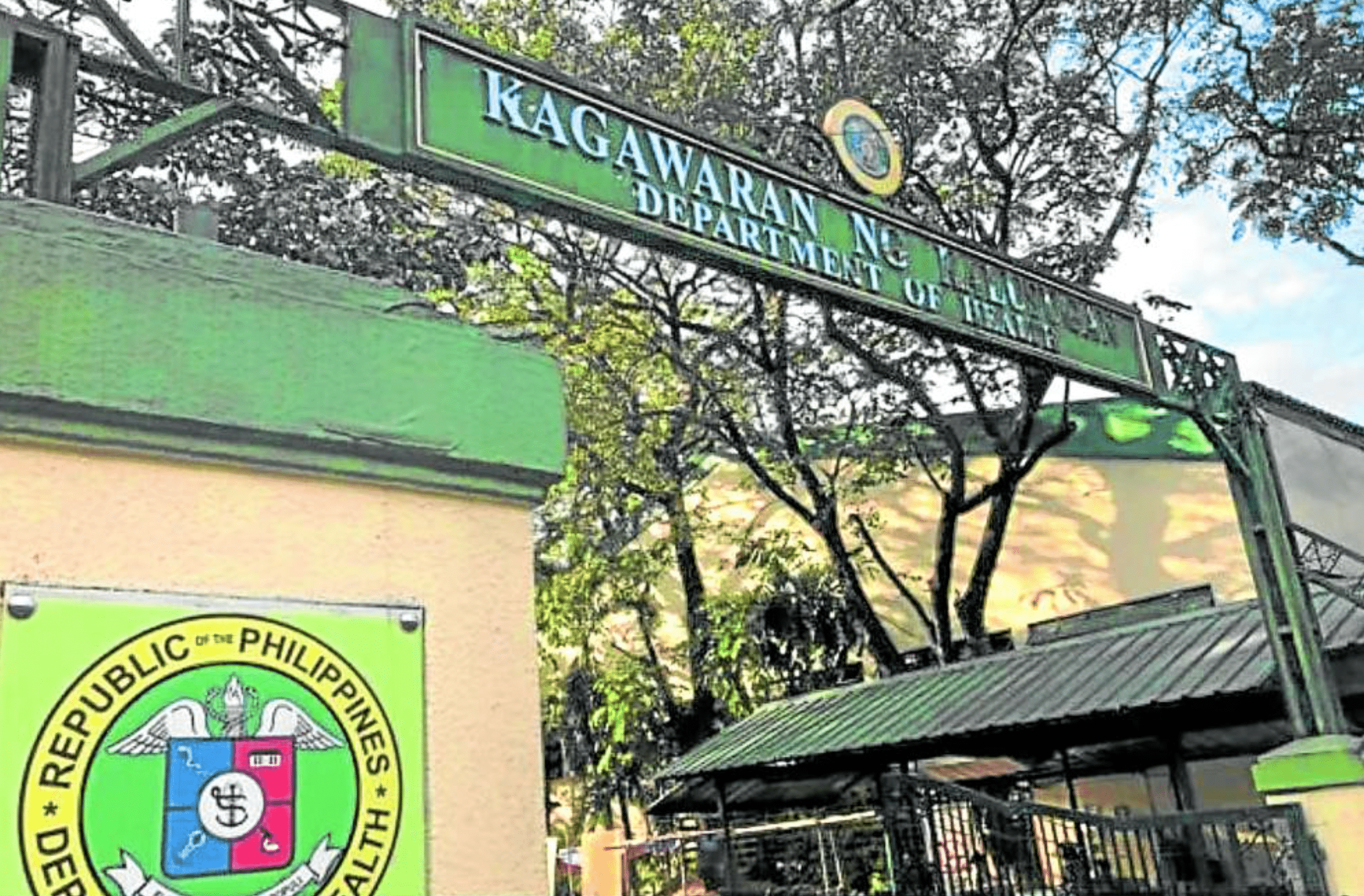
NOT CONCERNED, BUT WATCHING The File photo shows Department of Health headquarters in Sta. Cruz, Manila. —INQUIRER FILE PHOTO
The Department of Health (DOH) on Friday scotched false social media posts claiming a “new pandemic” coming from China and asked Filipino netizens not to help spread misinformation and confusion.
“Reliable sources currently do not support circulating posts on social media about an alleged international health concern. There is no confirmation from either the cited country or the World Health Organization (WHO),” the DOH said in a statement, without identifying the ailment.
READ: DOH verifying alleged ‘international health concern’
“Philippine disease surveillance systems are in place and working,” the agency said. “Please do not share questionable websites or online sources. Let us not spread misinformation and confusion.”
The posts emanated from unattributed “reports” in online Indian tabloids speculating that a supposed surge of the “new” human metapneumovirus (hMPV) might spread to other countries like COVID-19.
But hMPV was first isolated in 2001 and has since been found to be common around the world among infants, the elderly and those with compromised immunities, particularly during winter and early spring. No medication has been developed for the RNA virus.
The respiratory virus was also found among children with severe pneumonia in a study at the Eastern Visayas Regional Medical Center in Tacloban City from May 2008 to May 2009.
It was not clear how fake news of a “new virus outbreak” emerged in Indian media, but they may have come from an announcement of China’s National Disease Control and Prevention Administration on Dec. 27 that it was piloting a monitoring system for “pneumonia of unknown origin.”
Unlike 2019 pandemic
The Chinese epidemiologists were referring to respiratory illnesses in general, but hMPV was mentioned in the wire news as among the winter illnesses that were being observed and was associated with COVID-19 pandemic.
The first cases of COVID-19 in the country were also confirmed in December 2019 to January 2020, and was initially thought to be just a winter illness.
The DOH, nonetheless, said the Philippines is an active participant in the network of WHO member-states that follow the WHO’s International Health Regulations (IHR).
“This established system is what gives reliable updates about international health concerns,” it said.
Assistant Secretary Albert Domingo, spokesperson for the DOH, allayed concerns that the DOH and the government might be ill-prepared to handle a new pandemic.
“DOH actions may be seen in how the rise of pertussis and measles in 2024 was managed and eventually controlled. From an international coordination and health security perspective, the rapid DOH response to mpox last year is also concrete proof of preparedness. All systems are ready, and Secretary Teodoro Herbosa is directly in charge,” Domingo said.
Domingo recalled that the Philippines is one of 21 countries in the Western Pacific that conducted a joint external evaluation (JEE) since the process was introduced in 2016.
WHO standards
He said the Philippines was one of only three countries in the region to have completed a second JEE, demonstrating its dedication to advancing health security preparedness and response capacities.
“Results from the first JEE in 2018 guided the country in implementing targeted improvements. Over the past five years, significant milestones have been made, including the proactive revision of plans, assessments of priority health risks, and enhancements in disaster response mechanisms,” the WHO and DOH said in a joint statement following the completion of the second JEE on Nov. 29 last year.
According to the WHO website, the JEE provides a structured framework to support countries in assessing, enhancing and advancing national capacities under the IHR. These include the ability to rapidly detect, verify and respond to public health risks. Through the evaluation, countries identify critical health security needs, prioritize opportunities to improve preparedness, detection and response, and allocate resources based on the findings.